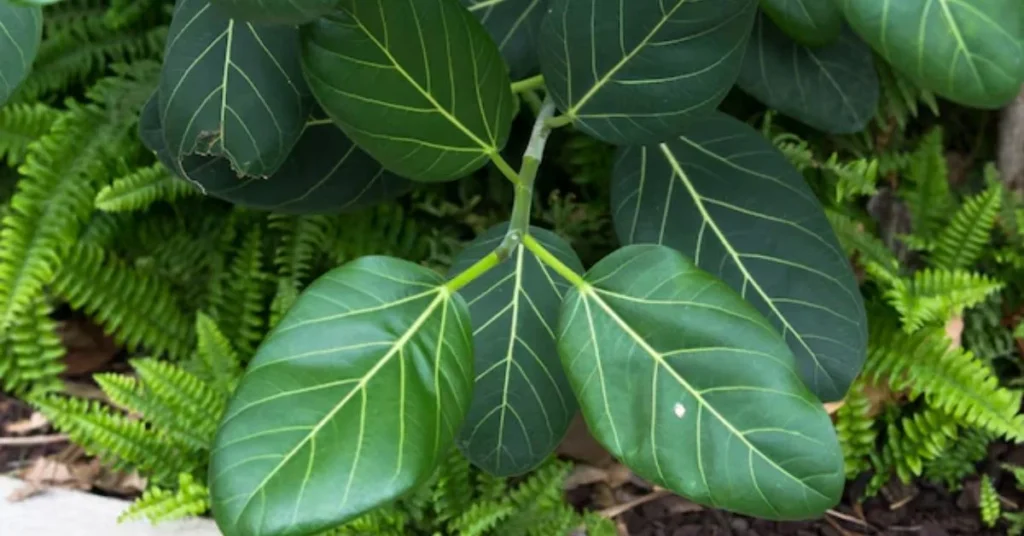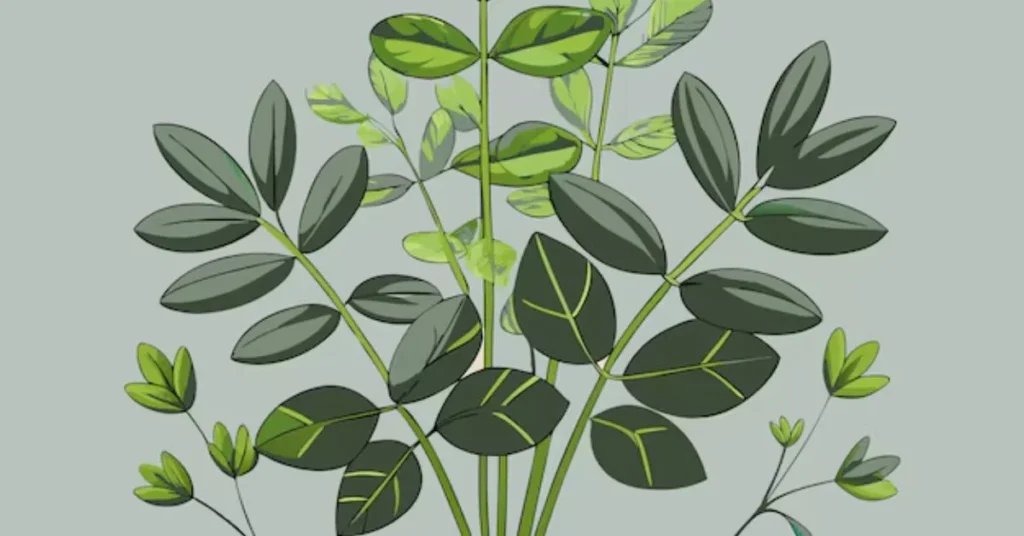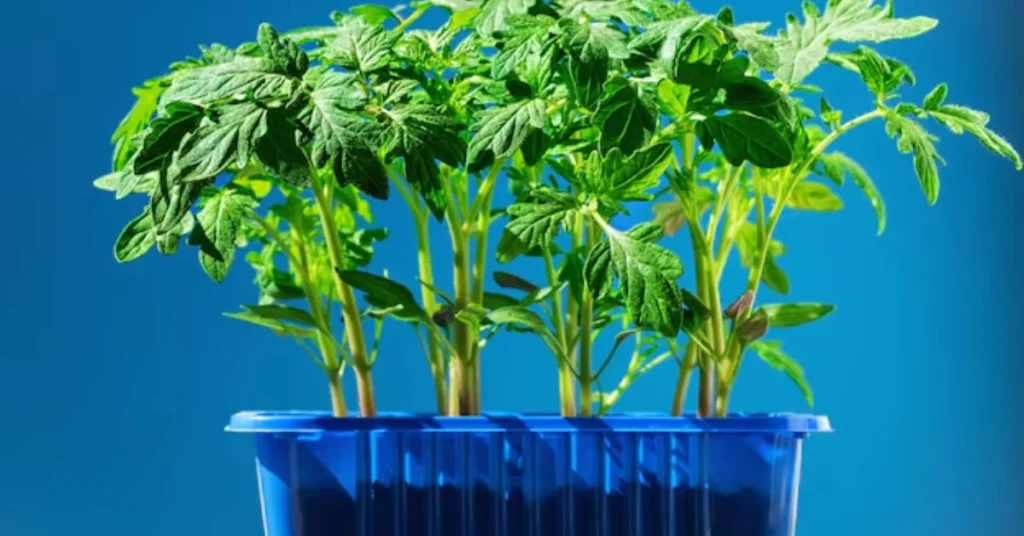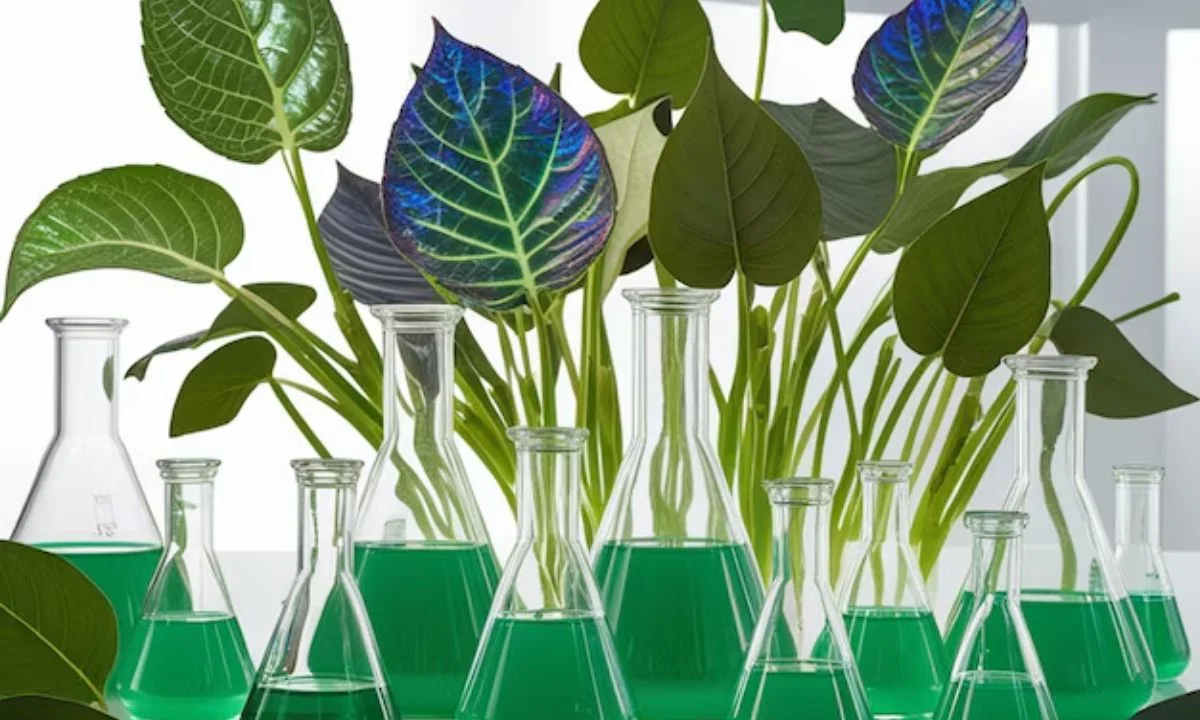The pamacrystial plant is a fascinating and versatile addition to any garden or indoor space. Known for its unique appearance and easy care requirements, this plant is becoming increasingly popular among gardening enthusiasts. Whether you’re a beginner or an experienced gardener, understanding the pamacrystial can help you appreciate its beauty and benefits.
Characteristics
The pamacrystial plant features thick, glossy leaves and a compact growth habit. Its vibrant colors can range from deep greens to lighter shades, making it an attractive choice for any setting. This plant typically grows to about two feet tall and can spread just as wide, providing a lush appearance that can brighten up any room or garden.
Must read Do Fins Have Gardens? Exploring the Underwater World
Origin and Habitat
The pamacrystial is native to tropical regions, thriving in warm and humid environments. In its natural habitat, it can be found growing under the canopy of larger plants, where it receives indirect sunlight. Understanding its origins helps gardeners recreate a suitable environment for this beautiful plant.
Benefits
Aesthetic Appeal
One of the primary reasons people choose the pamacrystial is its stunning visual impact. The rich foliage and striking colors add vibrancy to any space, whether indoors or outdoors. It can serve as a focal point in a room or garden, attracting attention and admiration.
Air Purification
The pamacrystial is known for its ability to purify the air. It can absorb toxins and release oxygen, contributing to a healthier indoor environment. Having this plant in your home can improve air quality and create a more pleasant living space.
The pamacrystial plant offers a variety of benefits that make it an excellent choice for both indoor and outdoor gardening. From enhancing aesthetics to improving air quality, this plant can significantly contribute to its environment. Here are some of the key advantages of having a pamacrystial in your space:
Aesthetic Appeal
The pamacrystial plant is known for its lush, vibrant foliage and unique appearance. Its thick, glossy leaves add a touch of beauty to any room or garden. This visual appeal makes it a perfect choice for decorative purposes, whether used as a standalone piece or part of a larger plant display.
Air Purification
One of the standout benefits of the pamacrystial is its ability to purify the air. It absorbs toxins and releases oxygen, contributing to a healthier indoor environment. By having this plant in your home, you can improve air quality, making it a great addition to living spaces, offices, and schools.

Low Maintenance
The pamacrystial is relatively easy to care for, making it ideal for both beginners and experienced gardeners. It thrives in various lighting conditions and requires moderate watering. This low-maintenance nature allows you to enjoy its beauty without the stress of complicated care routines.
Biodiversity Support
By adding a pamacrystial to your garden, you contribute to local biodiversity. This plant can provide habitat and food for various insects and other small creatures, promoting a healthy ecosystem. Supporting biodiversity is crucial for maintaining balance in nature and protecting local wildlife.
Stress Reduction
Being around plants has been shown to reduce stress and promote overall well-being. The pamacrystial can create a calming atmosphere in your home or workspace. Its presence may help improve mood and productivity, making it a great choice for offices or relaxation areas.
Educational Opportunities
Having a pamacrystial plant can provide opportunities for learning, especially for children. It can serve as an excellent teaching tool to educate about plant biology, ecosystems, and the importance of caring for the environment. Engaging with plants can foster a love for nature and encourage responsibility in caring for living things.
Versatile Usage
This plant can be used in various settings, from homes to offices to outdoor gardens. Its adaptability makes it suitable for different climates and environments. Whether you want to create a tropical look indoors or enhance your garden’s beauty, this plant fits the bill.
Enhancing Humidity
The pamacrystial can help increase humidity levels in indoor spaces. This can be particularly beneficial in dry climates or during winter months when heating systems lower indoor humidity. Higher humidity levels can improve comfort and even benefit other plants in your home.
In summary, the pamacrystial is not only beautiful but also offers numerous benefits that enhance its value as a home and garden plant. From improving air quality to supporting biodiversity, it’s an excellent choice for anyone looking to add greenery to their space.

How to Care for the Pamacrystial Plant
Light Requirements
To thrive, the pamacrystic plant needs bright, indirect light. Placing it near a window with filtered sunlight is ideal. Avoid direct sunlight, as it can scorch the leaves and harm the plant. Adjusting its position based on seasonal changes can help maintain its health.
Watering Tips
Watering the pamacrystic plant should be done carefully. It prefers soil that is consistently moist but not soggy. Allow the top inch of soil to dry out before watering again. Overwatering can lead to root rot, so it’s essential to find the right balance.
Common Problems and Solutions
Pests and Diseases
Like many plants, the pamacrystial can be susceptible to pests such as spider mites and aphids. Regularly inspecting the leaves can help catch any infestations early. If pests are found, treating them with insecticidal soap or neem oil can be effective.
Leaf Dropping
If the pamacrystic plant’s leaves start to drop, it may indicate stress. Common causes include overwatering, underwatering, or insufficient light. Assessing the plant’s environment and adjusting care routines can help restore its health.
Propagating
Methods of Propagation
Propagating the pamacrystic is relatively simple. You can do this through stem cuttings or division. For stem cuttings, select a healthy stem and place it in water until roots develop. For division, carefully separate the root ball into smaller sections, ensuring each has roots and leaves.
Best Time to Propagate
The best time to propagate the pamacrystic is during the growing season, typically in spring or early summer. This timing allows the plant to recover quickly and encourages new growth. Propagation during this period increases the chances of success.
Using in Design
Indoor Design Ideas
In indoor spaces, the pamacrystial can be used as a centerpiece on a coffee table or as part of a larger plant display. It looks stunning in decorative pots and can complement various interior styles. Grouping it with other houseplants can create a beautiful green corner.
Outdoor Garden Applications
In outdoor gardens, the pamacrystial can be used in borders or as a focal point among other plants. It pairs well with colorful flowers and can thrive in containers on patios or balconies. Creating a tropical-themed garden can showcase its beauty.

Conclusion
In summary, the pamacrystial plant is an exceptional choice for anyone looking to enhance their space with beauty and functionality. With its stunning appearance, air-purifying qualities, and relatively easy care, it is a great addition to both indoor and outdoor environments. Whether you’re an experienced gardener or just starting out, the pamacrystial plant can thrive in your care, making your space more vibrant and inviting. Click here for more information.
How often should I water my pamacrystial plant?
Water your plant when the top inch of soil feels dry, typically every 1-2 weeks.
Can the pamacrystial grow in low light?
The pamacrystial prefers bright, indirect light but can tolerate low light conditions for short periods.
Is the pamacrystial plant safe for pets?
Yes, the pamacrystial plant is non-toxic to pets, making it a safe choice for households with animals.
How fast does the plant grow?
This plant has a moderate growth rate, usually adding a few inches each year under optimal conditions.
Can I keep the pamacrystial plant outdoors?
Yes, the plant can be kept outdoors in warm, humid climates, but it should be protected from extreme temperatures.
